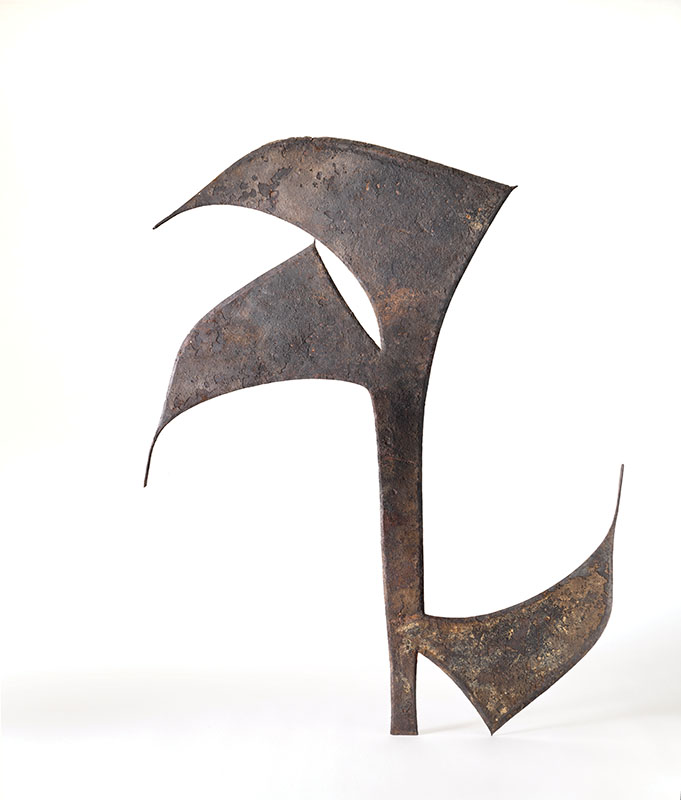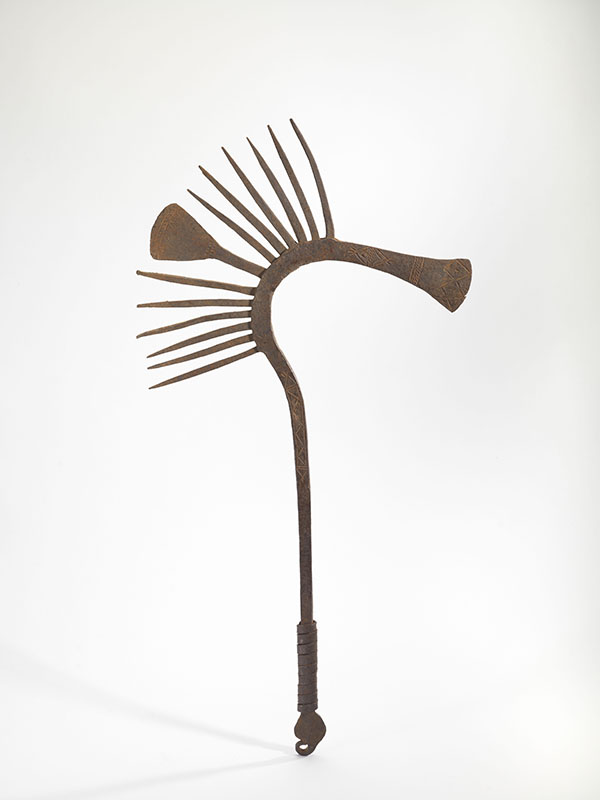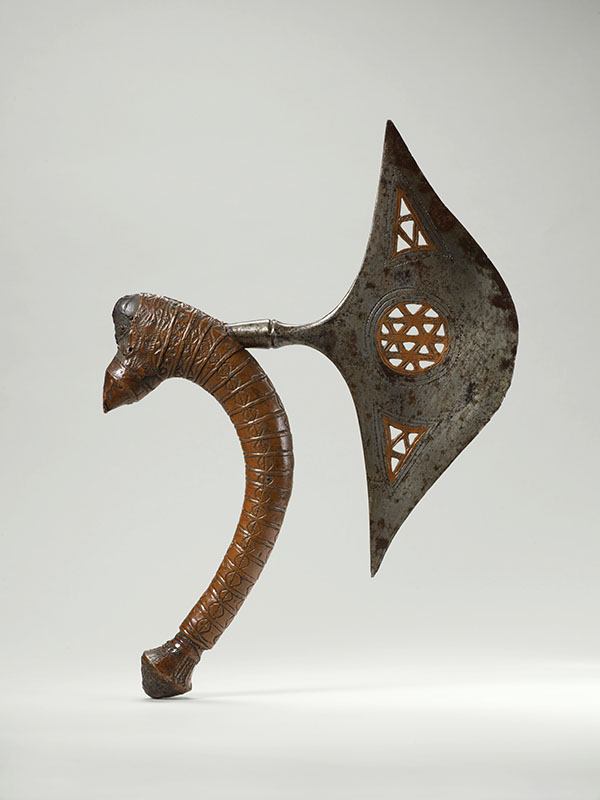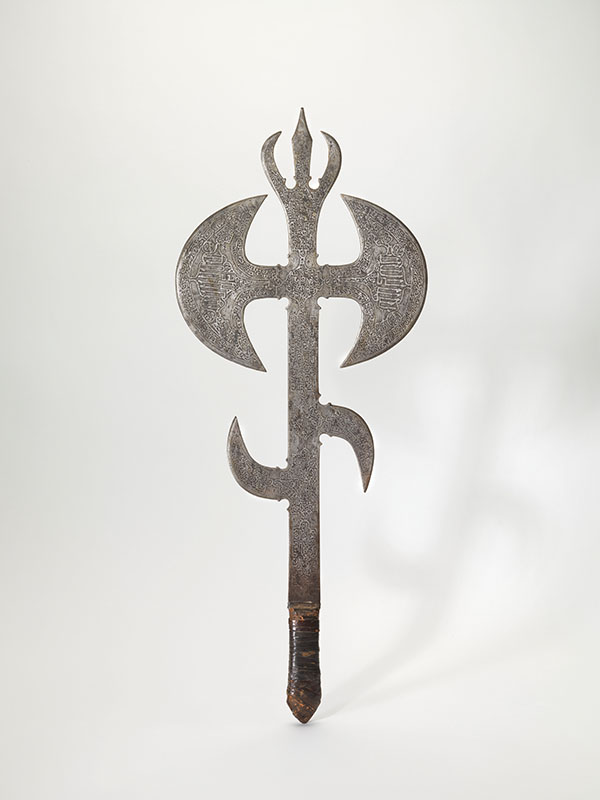
The most abundant element on earth, iron played a key role in early human agricultural, military, and religious development, and in Africa, where smelting and forging can be traced back to the sixth century BC, it still forms an important part of indigenous culture in many Sub-Saharan countries. A new exhibition at the Smithsonian’s National Museum of African Art makes bold to survey this history in depth for the first time.

The result of decades of research, Striking Iron: The Art of African Blacksmiths, which was organized by the Fowler Museum at UCLA and debuted there last summer, demonstrates through more than 255 objects, most from the last two centuries, the magic that can be wrought at 2,000º. From wicked-edged weapons, figurative sculptures, and musical instruments to scythes and ritual staves, iron found diverse applications in Africa. Some of the most interesting objects on view at the NMAA include a three-bladed throwing knife used as currency by the Nkutshu peoples in what is today the Democratic Republic of Congo, and a wood-and-iron lamellophone from Angola, richly decorated with spiral and wavy striations.

The show is organized into eight sections covering such topics as ritual and religious objects, and accompanied by videos narrated by lead curator Tom Joyce, himself a well-known metal sculptor. Most of the objects on view are from the Fowler’s own extensive holdings of the African blacksmiths’ art, as well as from forty-nine private and public collections in the US and Europe. After closing at the NMAA, the exhibition will travel to the Musée du quai Branly-Jacques Chirac in Paris.

Striking Iron: The Art of African Blacksmiths• Smithsonian’s National Museum of African Art, Washington, DC • April 17 to October 20 • africa.si.edu
